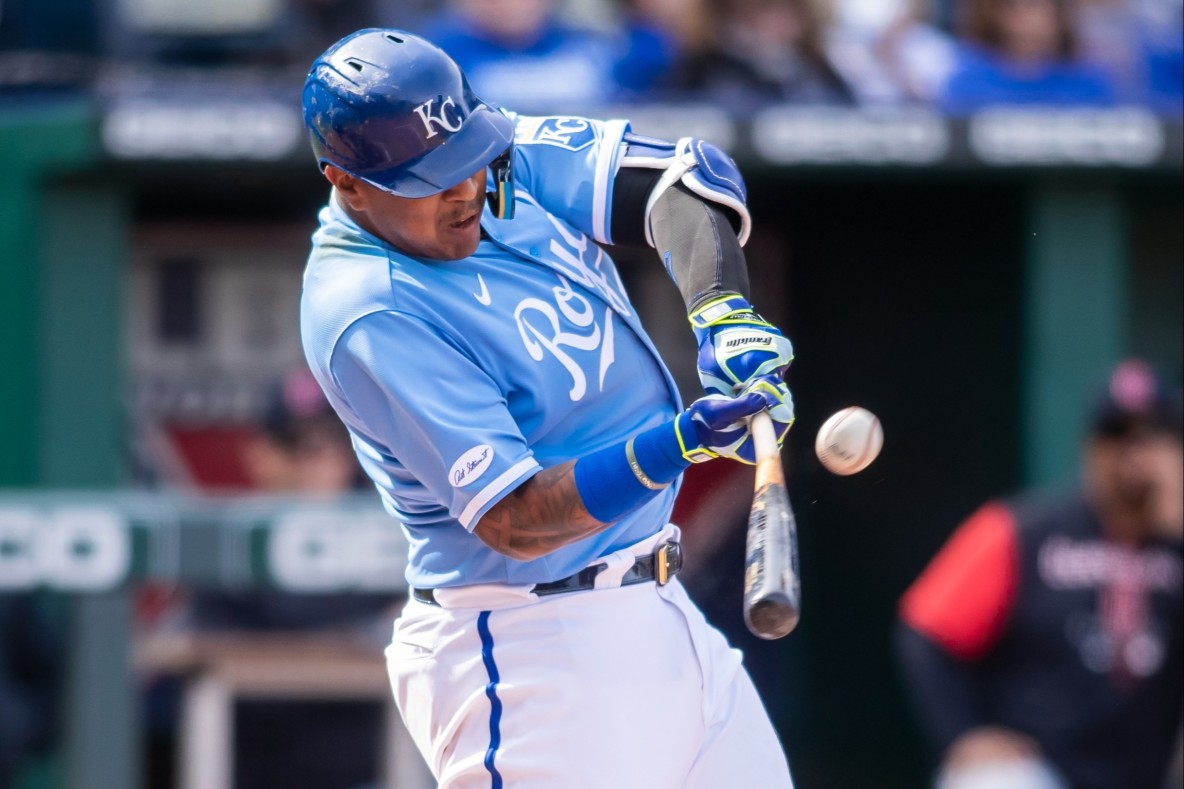Major League Baseball (MLB) statistics are used to review a player or team’s performances. Position players have offensive and defensive stats, but offensive output is what really matters when it comes to evaluating position players from a betting perspective. Pitchers are also evaluated through pitching stats, although these are radically different. Key MLB stats to be aware of include:
-
Batting average: A player’s batting average is their total hits divided by their total number of at-bats, typically rounded to three decimal places. For example, if a player has three hits in 12 at-bats, they would have a .250 batting average. A high batting average suggests that a batter is good at facing pitches.
-
Hit leaders: Hit leaders refers to the players who are leading the league in hits. Unlike batting average, calculating hits does not require any mathematical calculations and is simply measured by the number of hits. MLB’s best hitters usually rack up around 200 hits per season.
-
Home run leaders: These are the players who have the most hit home runs in their division, conference, or across the whole of MLB. Players who are good at getting home runs are naturally useful from an offensive perspective.
-
On-base percentage (OBP): This measures how often a player reaches base. This is rounded to three decimal places and accounts for all scenarios when a player reached base, including hits, walks, and HBP (hit by pitch, which awards a free base).
-
Pitching stats: There are a few different pitching stats worth tracking. These include earned-run average (ERA), which measures how many runs a pitcher allows on average over nine innings, and walks/hits per innings pitched (WHIP), which measures the average amount of hits and walks combined a pitcher allows over nine innings. Fielding Independent Pitching (FIP) is similar to ERA, but focuses only on the events a pitcher has the most control over (strikeouts, unintentional walks, hit-by-pitches, and home runs), removing on balls hit into the field of play.
-
Runs per game: Runs per game refers to how many runs a specific team scores on average in each game. For example, if the Toronto Blue Jays have scored 20 runs in five games, they are averaging four runs per game as a team.
-
Slugging percentage: Slugging percentage measures the total number of bases a player records on average per at-bat, rounded to three decimal places. Unlike batting average, slugging percentage assigns different values to different types of hits depending on quality (singles, doubles, or triples).
-
On-base plus slugging (OPS): A sabermetric baseball statistic calculated as the sum of a player's on-base percentage and slugging percentage.
-
Steals: A stolen base is recorded when a runner advances to a base they are not entitled, and the official scorer deems that the advance is credited to the runner.
-
Strikeout leader: This is the starting pitcher who has the most total strikeouts in the league. It could also refer to the relief pitcher with the most strikeouts (but usually doesn’t). Most strikeout leaders rack up north of 200 strikeouts in a single season.
-
WAR: Wins Above Replacement or Wins Above Replacement Player, commonly abbreviated to WAR or WARP, is a sabermetric baseball statistic developed to sum up "a player's total contributions to his team."
-
ISO: Measures the raw power of a hitter by taking only extra-base hits - and the type of extra-base hit - into account. For example, a player who goes 1-for-4 with a double has an ISO of .250.
-
K/9: How many strikeouts a pitcher averages for every nine innings pitched.
-
BB/9: Bases on balls per nine innings pitched. Also look out for walk rate (BB%), the frequency with which a pitcher walks hitters, calculated by total walks divided by total batters faced.

